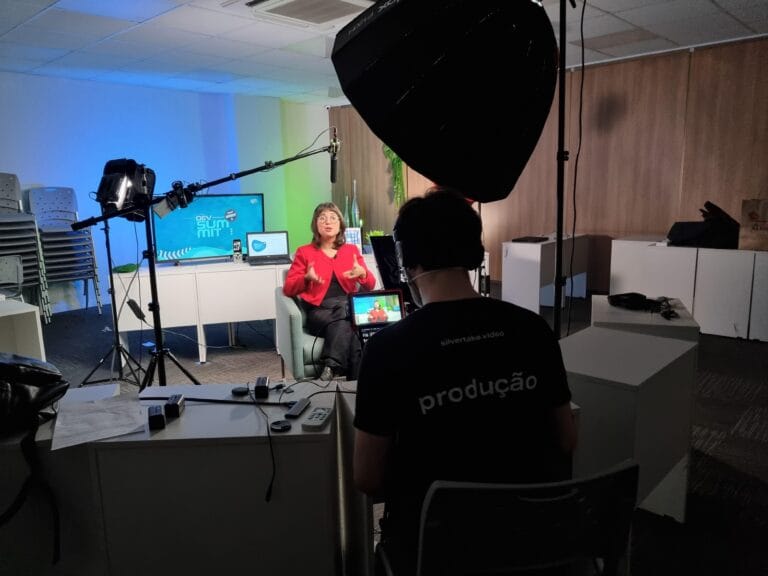Discover how to plan integrated video campaigns with effective strategies, combining external production and internal talent to maximize results.

In the marketing world, videos are one of the most powerful tools for attracting, engaging and converting customers. However, the success of a video campaign goes far beyond capturing images – it depends on an integrated strategy that involves everything from creative design to distribution on the right channels.
For marketers looking for high-performance video campaigns, relying on specialized partners like Silvertake Vídeo, combined with in-house resources, can make all the difference. In this comprehensive guide, we present practical tips, coordination strategies and suggestions for tools that enhance each step of the process, helping to transform ideas into successful campaigns.
The first step is to establish clear and measurable goals. Define whether the video aims to inform, inspire, educate or convert. Also, determine the KPIs that will be monitored – such as engagement, leads and ROI – and map out the profile of your target audience. These definitions will guide all creative and operational decisions throughout the campaign.
Aligning your narrative with your brand identity is key. Develop a consistent story that reflects your company values and segment your content along the sales funnel, producing videos for different moments – from the top (engagement) to the bottom (conversion). A well-planned editorial calendar ensures that video releases complement each other, creating a continuous and cohesive narrative across all channels.
A hybrid approach brings the best of both worlds:
A video production company like Silvertake has a multidisciplinary team and cutting-edge equipment. It is ideal for large-scale projects – such as institutional videos and advertising campaigns – as it uses optimized processes and has proven experience in successful cases, such as projects for Imeri Capital and Bernoulli.
An in-house videomaker adds agility to production, allowing for the creation of quick content for social media and internal communication. This professional has in-depth knowledge of the company's culture and can adapt the message in an authentic way, ensuring communication is aligned with the brand's positioning.
Detailed planning is essential to keeping your project on schedule and within budget. Create a strategic brief that outlines your goals, audience, message, technical requirements, and deadlines. Use project management platforms like Trello, Asana, or Monday.com to track progress and align the stages of pre-production, filming, editing, and distribution.
The use of collaborative technologies is essential to reduce costs and increase efficiency. For example, Voiceover Calculator Silvertake’s Voiceover tool allows you to accurately estimate the costs of voiceover services, helping with budget allocation and ensuring transparency. In addition, communication applications such as Slack or Microsoft Teams facilitate the exchange of information between teams, while analytics platforms monitor the performance of videos for future adjustments.
To maximize the reach of your campaign, you need to plan an efficient distribution. Select the channels where your audience is present – such as social media, YouTube, institutional website or paid campaigns – and adapt the video format (length, style, visual aspect) for each platform. A distribution calendar synchronized with other marketing actions increases the impact of the message.
Tracking campaign results is crucial to identifying strengths and areas for improvement. Use KPIs like view rate, engagement, watch time, and conversions to measure the success of your videos. Regular reporting and ongoing feedback from clients and audiences allow for real-time adjustments to improve future productions.
Planning integrated video campaigns is a multifaceted process that requires strategy, creativity, and operational management. By defining clear objectives, building a brand-aligned narrative, combining the expertise of a specialized production company with the dynamism of an in-house professional, and utilizing collaborative tools, marketing directors can transform their campaigns into success stories.
Contact Silvertake Video and discover how our expertise can help you structure integrated video campaigns that increase engagement, strengthen your brand and maximize results.
Request a Quote